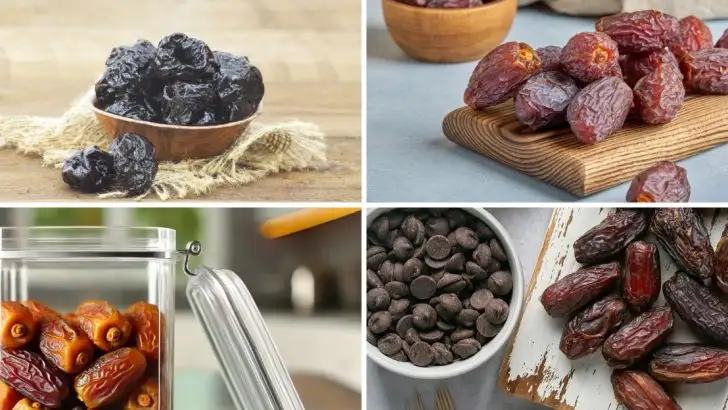Growing dates at home may sound like a challenge, but it’s actually a rewarding project with the right steps in place. These sweet, nutrient-packed fruits can be grown in a variety of climates, and once established, date palms are relatively low-maintenance. With patience and a bit of care, you can enjoy homegrown dates right from your own backyard.
The process of growing dates doesn’t have to be complicated, and with just a few simple steps, you can set yourself up for success. From selecting the right palm variety to understanding how to care for the trees, this guide will walk you through everything you need to know. With these 15 steps, you’ll be well on your way to harvesting your own dates in no time.
Choose the Right Location

Selecting the perfect spot for your date palms is crucial. Ensure the location receives ample sunlight, as dates thrive in sunny conditions. Opt for well-drained, sandy soil to prevent waterlogging. Plant your saplings in an area with space, allowing them to spread their roots comfortably.
Consider the local climate, as dates require warmth to grow. If you live in a cooler region, choose a location where you can control temperature or use a greenhouse.
Additionally, ensure the area is free from strong winds, which can damage young plants. With the right location, your date palms will thrive.
Purchase Quality Saplings
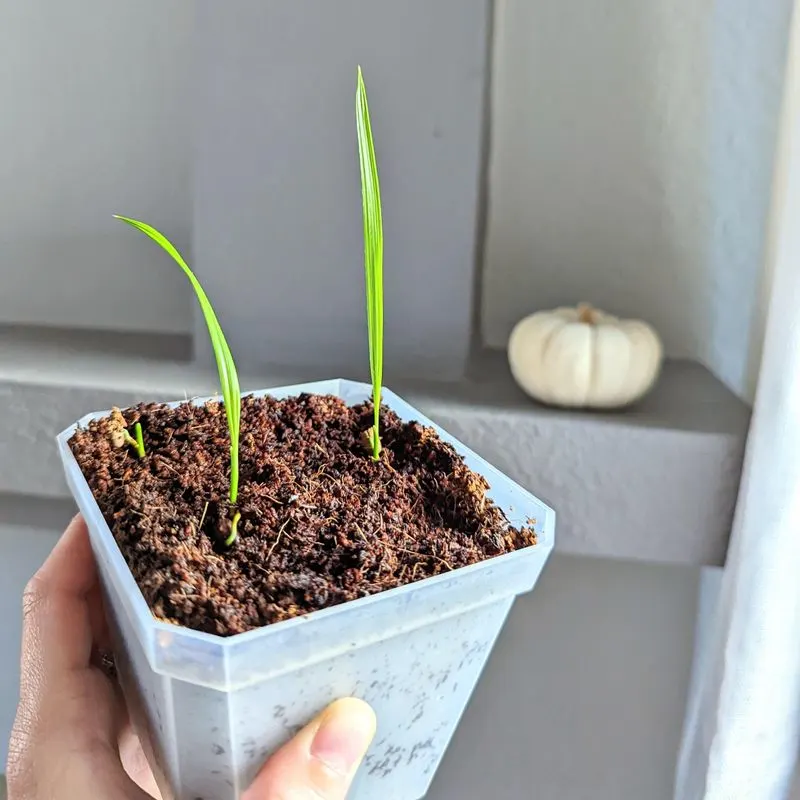
Investing in high-quality date palm saplings is an essential step. Visit a reputable nursery known for its healthy plants. Look for saplings with vibrant green leaves and sturdy stems, indicating good health and vigor.
Avoid purchasing saplings that appear wilted or have discolored leaves, as these may struggle to establish themselves. It’s wise to consult with the nursery staff to ensure you’re choosing the right variety for your climate.
Remember, healthy saplings are the foundation of a fruitful date palm garden. Taking the time to select them well will pay off in the long run.
Prepare the Soil
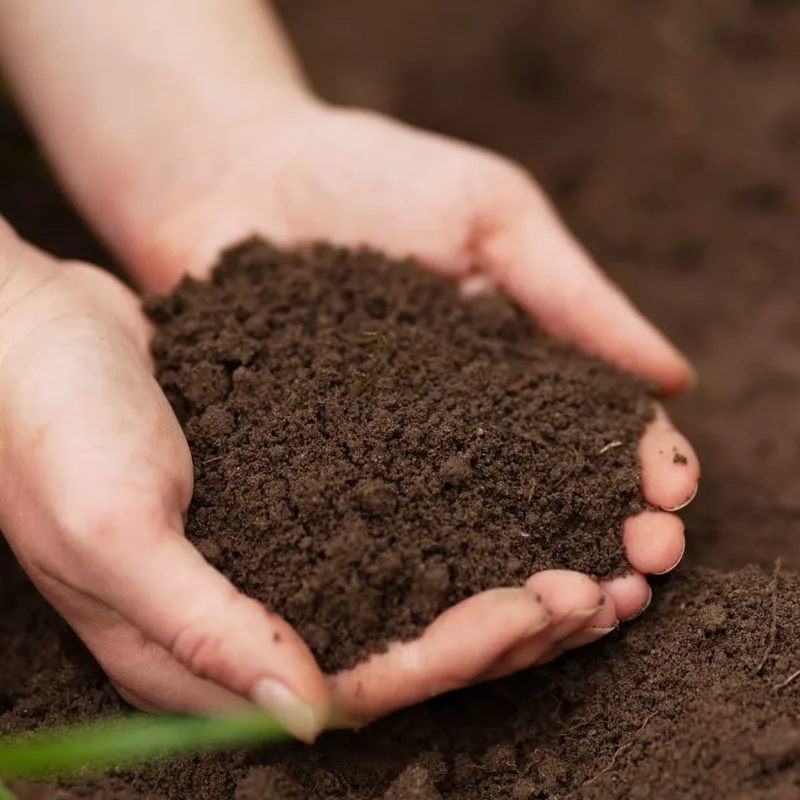
Preparing the soil is vital for the successful growth of your date palms. Begin by tilling the soil to loosen it, enhancing aeration and drainage. Incorporate organic compost to enrich the soil with essential nutrients.
Ensure the soil is slightly acidic to neutral, with a pH level between 6.0 and 7.5. This creates a conducive environment for root development. Test the soil’s pH and adjust accordingly using lime or sulfur.
Proper soil preparation not only boosts growth but also strengthens the plants against diseases. Your date palms will thrive in this well-nurtured environment.
Plant with Care
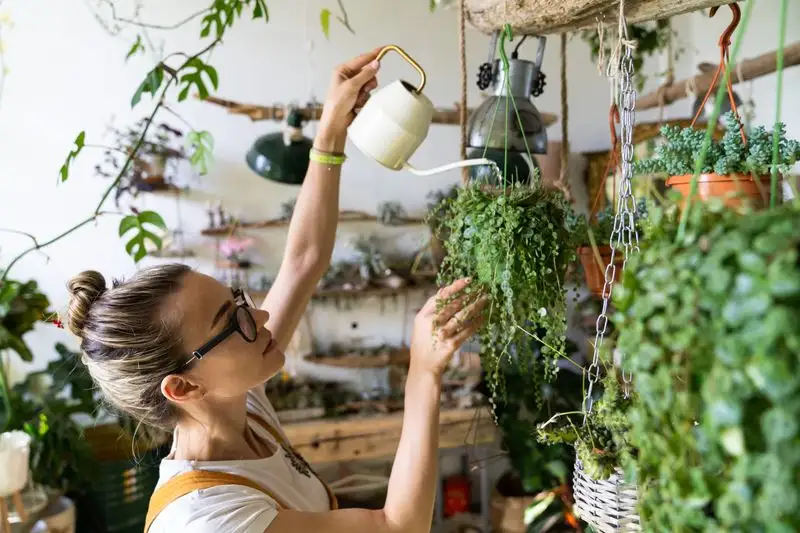
Planting your date saplings requires care and attention. Dig a hole slightly larger than the sapling’s root ball. Gently remove the plant from its pot, being careful not to damage the roots.
Place the sapling in the hole, ensuring its root ball is level with the soil surface. Fill the hole with soil, gently firming it around the base to eliminate air pockets.
Water the newly planted sapling thoroughly to help settle the soil. Proper planting ensures the young date palm establishes well, laying the groundwork for healthy growth.
Water Wisely
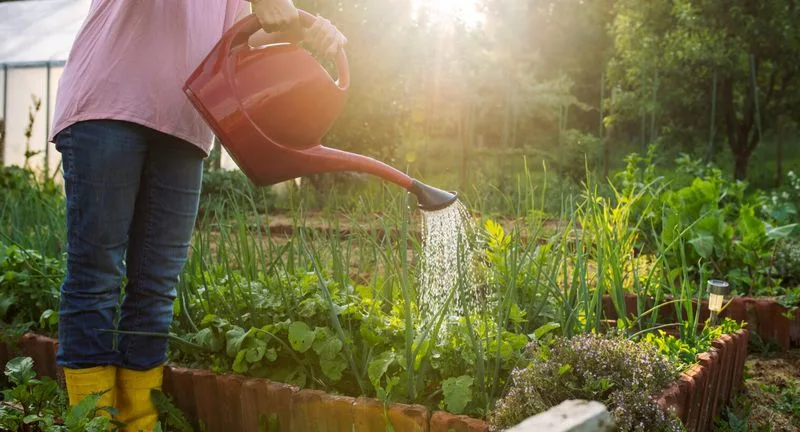
Watering your date palms correctly is essential for their growth. Young plants require regular watering to help establish their roots. Use a gentle spray nozzle to water deeply, ensuring the soil is moist but not waterlogged.
As the palms mature, reduce the frequency of watering. Adapt your watering schedule based on the local climate, increasing the frequency during dry spells.
Over-watering can lead to root rot, while under-watering may cause stunted growth. Striking the right balance is key to maintaining healthy and thriving date palms in your garden.
Fertilize Regularly
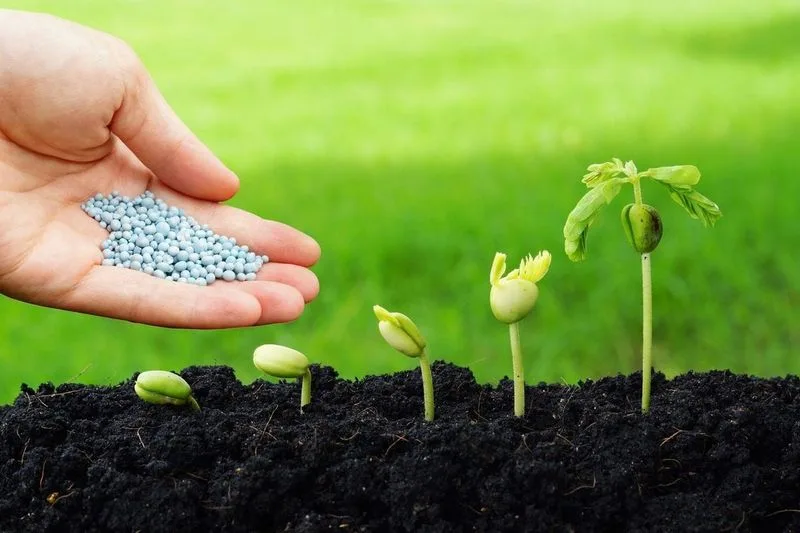
Fertilizing provides your date palms with the nutrients they need to flourish. Use a balanced fertilizer, rich in potassium, nitrogen, and phosphorus.
Apply the fertilizer around the base of the palms every six to eight weeks during the growing season. Follow the recommended dosage on the fertilizer package to avoid over-fertilization.
Incorporating organic matter such as compost or well-rotted manure can also enhance soil fertility. Regular fertilization supports healthy growth, resulting in robust and fruitful date palms.
Prune for Health
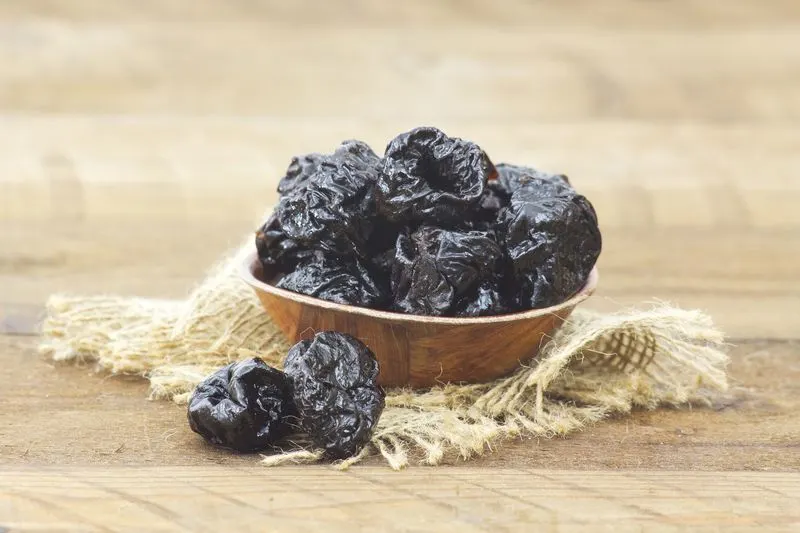
Pruning is an essential maintenance task for your date palms. Remove any dead or brown fronds to maintain the tree’s health and appearance. Use clean, sharp pruning shears to make precise cuts.
Pruning not only enhances the aesthetic appeal of the palms but also improves air circulation around the tree. This reduces the risk of diseases and pests.
Focus on removing suckers or shoots that divert energy away from the main trunk. Regular pruning keeps your date palms vigorous and encourages productive growth.
Protect from Pests
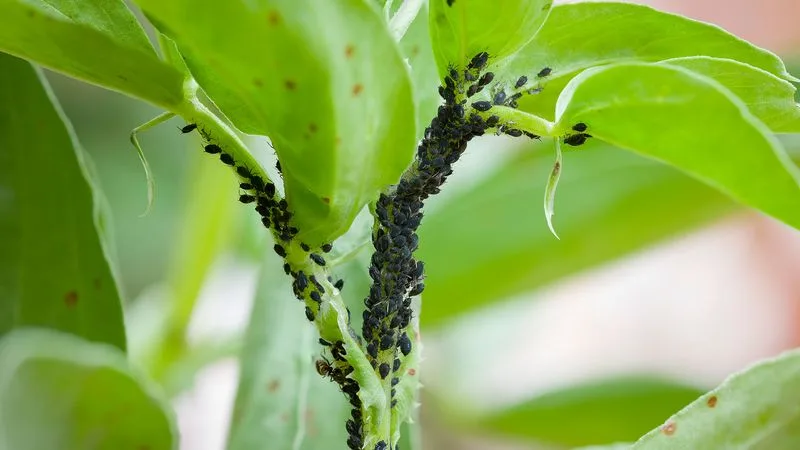
Protecting your date palms from pests is crucial for their wellbeing. Regularly inspect the leaves for signs of infestation, such as discoloration or wilting.
Use natural pest control methods, like neem oil or insecticidal soap, to mitigate issues without harming beneficial insects.
Promoting biodiversity in your garden can also deter pests, as a variety of insects helps keep each other’s populations in check. Vigilance and proactive pest management ensure your date palms remain healthy and resilient.
Support with Proper Pollination
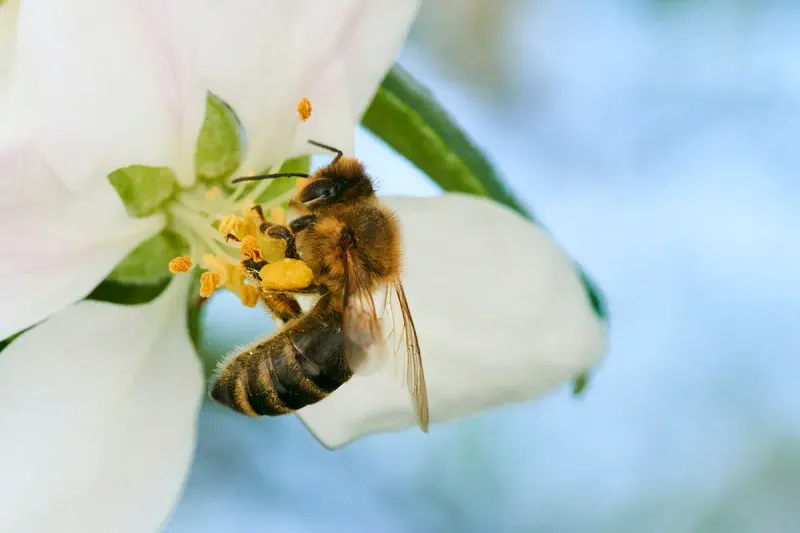
Date palms require proper pollination for fruit production. If you’re growing a small number of palms, manual pollination may be necessary.
Use a soft brush to transfer pollen from male to female flowers. This increases the chances of successful fertilization and fruit development.
Timing is crucial, as flowers need to be pollinated when they’re fully open. This hands-on approach can significantly boost your date harvest, ensuring a bountiful yield.
Monitor for Disease
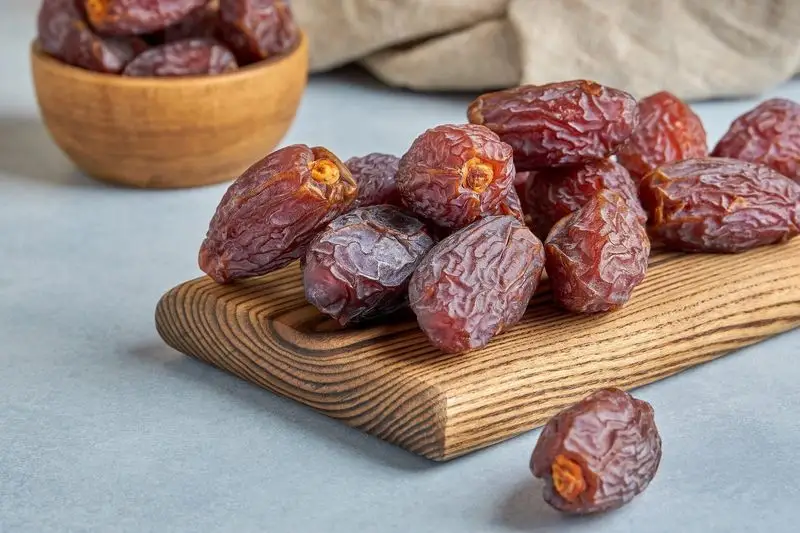
Regular monitoring for disease is key to maintaining healthy date palms. Watch for symptoms such as discolored spots, wilting, or unusual growth patterns.
If you detect disease, act promptly by removing affected areas and treating the palms with appropriate fungicides or natural remedies.
Maintaining good hygiene, such as cleaning tools and removing debris, prevents the spread of disease. With attentive care, your date palms will remain robust and productive.
Ensure Adequate Space
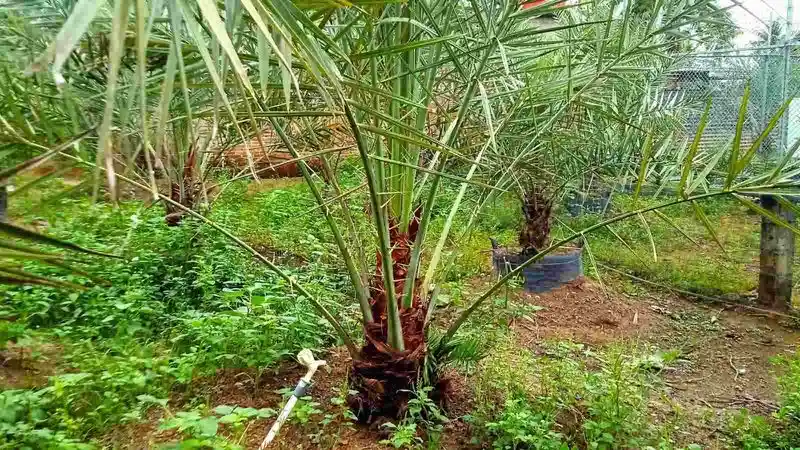
Ensuring adequate space between your date palms is essential for their growth. Proper spacing allows sunlight to penetrate, promoting healthy development.
Avoid planting palms too closely, as overcrowding can lead to competition for nutrients and water. Aim for at least 20 feet between trees, depending on the variety.
Adequate spacing also facilitates air circulation, reducing the risk of disease spread. Thoughtful planning of your garden layout enhances the health and productivity of your date palms.
Harvest with Care
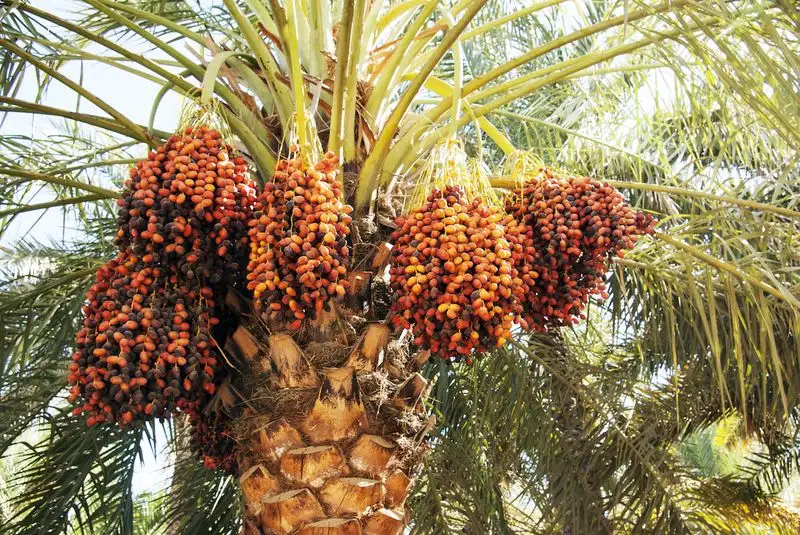
Harvesting dates requires care to ensure fruit quality. Wait until the dates reach full ripeness, usually when they turn a rich brown color.
Use a ladder to access the fruit, and gently cut the clusters with a sharp tool. Handle the dates carefully to prevent bruising.
Harvesting at the right time ensures the best flavor and texture. It’s a rewarding process that marks the culmination of your hard work in growing date palms.
Store Dates Properly
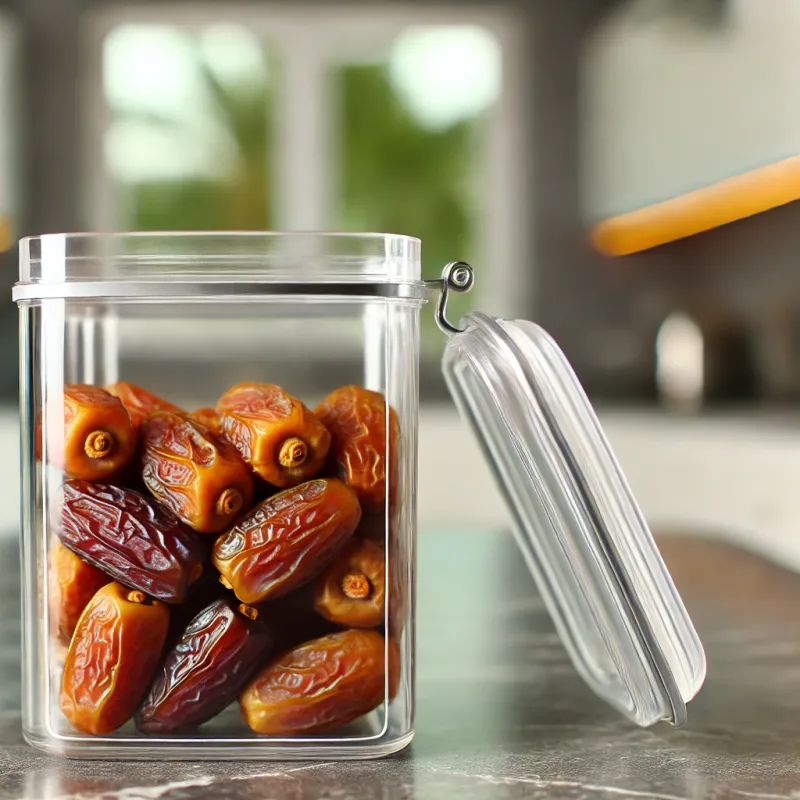
Proper storage maintains the quality of your harvested dates. Use airtight containers to keep moisture out and preserve freshness.
Store the dates in a cool, dry place, away from direct sunlight. This helps prevent spoilage and extends their shelf life.
You can also refrigerate dates for longer storage, ensuring they remain plump and flavorful. Proper storage techniques ensure you enjoy your home-grown dates long after the harvest.
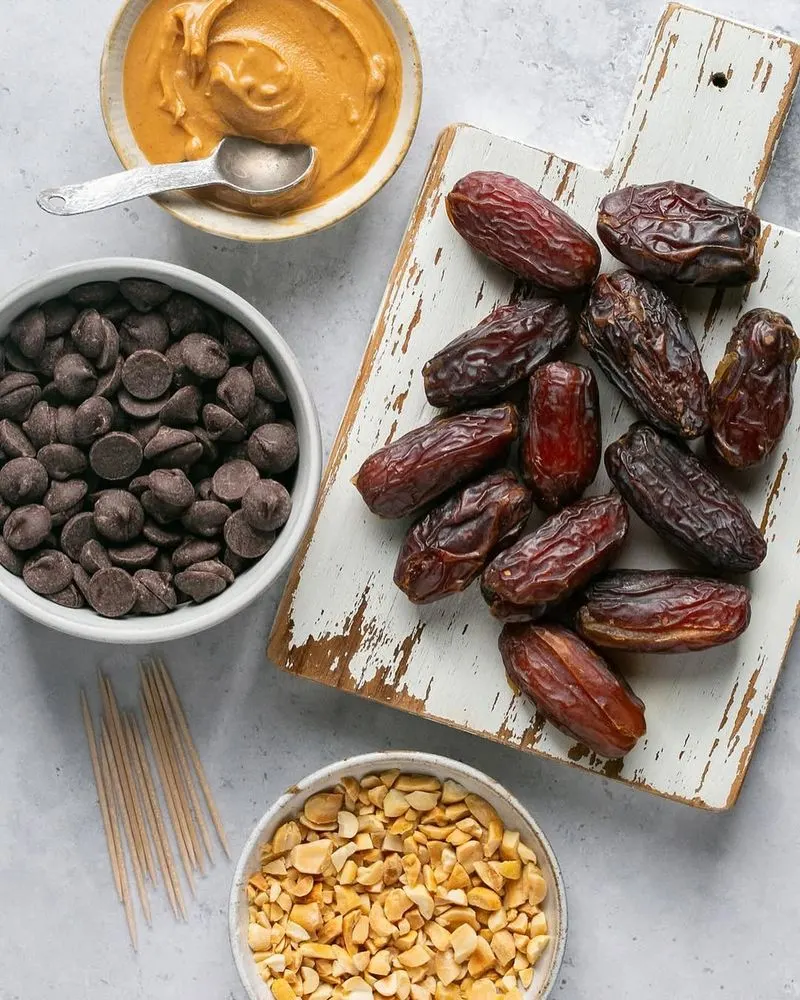
Sharing your harvest of home-grown dates can be a joyful experience. Invite friends and family to enjoy the fruits of your labor.
Dates make a delicious addition to meals and can be shared as snacks or incorporated into recipes.
Celebrating your successful harvest with loved ones creates lasting memories and fosters a sense of community. It’s a sweet reward for the effort you’ve put into growing your own dates.
Plan for Future Seasons
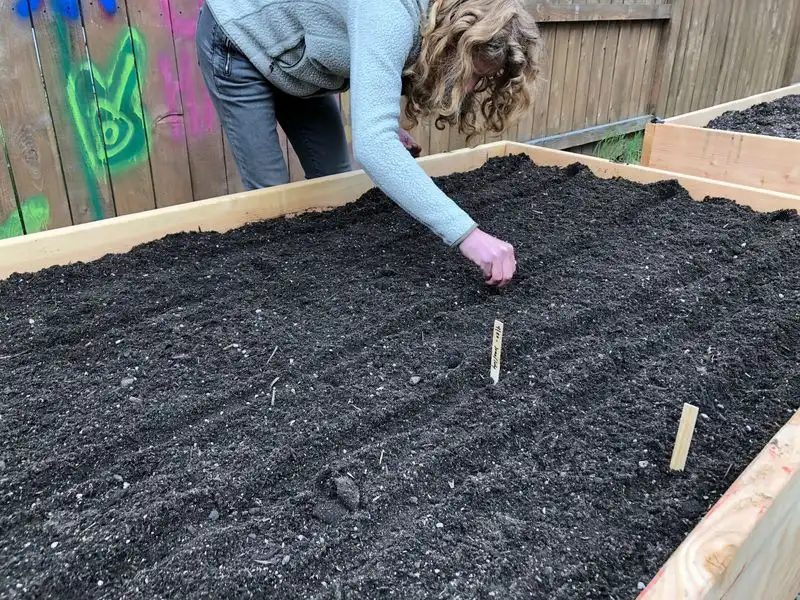
Planning for future seasons is key to sustaining your date palm garden. Reflect on the current season’s successes and challenges.
Take notes on what worked well and areas for improvement. Consider expanding your garden or experimenting with new varieties.
Continuous learning and adaptation ensure that your date palm garden thrives year after year, providing you with abundant harvests and joy. Embrace the journey of growing dates, knowing that each season brings new opportunities.

